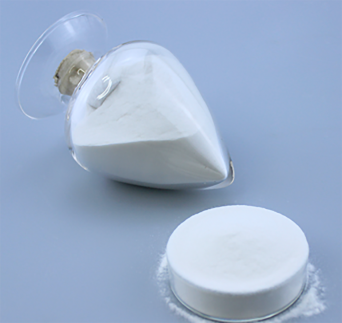
Сер . 19, 2024 05:33 Back to list
Understanding the Uses and Applications of Hydroxypropyl Methyl Cellulose in Various Industries
The Importance of Hydroxypropyl Methylcellulose A Comprehensive Overview
Hydroxypropyl Methylcellulose (HPMC) is a versatile cellulose ether widely used in various industries due to its unique physicochemical properties. This compound, recognized by its CAS number 9004-65-3, is derived from natural cellulose and modified through etherification, making it an essential ingredient in pharmaceuticals, food, construction, and cosmetics.
Chemical Properties and Structure
HPMC is characterized by its hydrophilic nature, contributing to its excellent film-forming abilities, thickening properties, and water retention. Its chemical structure consists of hydroxypropyl and methyl groups attached to the cellulose backbone, which enhances its solubility in water and organic solvents. This modification allows HPMC to create a gel-like consistency when mixed with water, making it ideal for various applications.
Applications in Pharmaceuticals
In the pharmaceutical industry, HPMC is an excipient in many drug formulations. Its ability to control the release of active ingredients makes it a popular choice for controlled-release and sustained-release medications. HPMC is also utilized as a binder in tablet formulations and as a coating agent, improving the stability and palatability of medicines. Furthermore, its non-toxic and biocompatible nature ensures that it can be safely ingested, making it suitable for both over-the-counter and prescription drugs.
Role in Food Products
hydroxypropyl methyl cellulose cas number

In the food industry, HPMC serves multiple functions. It acts as a thickening agent, stabilizer, and emulsifier in various food products, including sauces, dressings, and gluten-free baked goods. Its water-binding properties enhance moisture retention, improving the texture and shelf life of food items. As consumers increasingly seek clean labels and natural ingredients, HPMC, being derived from cellulose, meets these requirements, making it appealing to manufacturers focusing on health-conscious products.
Use in Construction
HPMC is also significant in the construction sector, particularly in the formulation of tile adhesives, mortars, and plasters. Its water retention properties prevent the rapid drying of mixtures, allowing adequate time for placement and finishing. Additionally, HPMC enhances adhesion and workability, ensuring that construction materials perform optimally. As the construction industry continues to evolve, the demand for sustainable and efficient building materials positions HPMC as a crucial component in modern construction practices.
Cosmetics and Personal Care
In the cosmetics and personal care industry, HPMC is valued for its emulsifying and thickening properties. It is commonly found in skin creams, lotions, and gels, where it improves the texture and stability of formulations. Moreover, HPMC is used in shampoos and hair conditioners to enhance viscosity and provide an appealing sensory experience for consumers. Its ability to form a protective film on the skin makes it an effective moisturizing agent as well, adding to its desirability as an ingredient.
Conclusion
Overall, Hydroxypropyl Methylcellulose (HPMC) stands out as a highly functional and adaptable compound with applications that span numerous industries. Its unique properties make it indispensable in pharmaceuticals, food production, construction, and cosmetics. As businesses increasingly focus on sustainability and health-conscious products, HPMC's role will likely continue to expand, ensuring its place as a critical ingredient in future developments across various sectors. The ongoing research into HPMC will undoubtedly reveal even more innovative uses, solidifying its importance in both everyday products and specialized applications.
-
Why HPMC is a Key Additive in Wall Putty Formulations
NewsAug.05,2025
-
Redispersible Powder in Decorative Renders: Function Meets Finish
NewsAug.05,2025
-
Redispersible Powder for Interior Wall Putty: Smooth Results Every Time
NewsAug.05,2025
-
HPMC’s Water Retention Capacity in Dry Mortar Applications
NewsAug.05,2025
-
HPMC Factory Contributions to Liquid Detergents
NewsAug.05,2025
-
How HPMC Factory Products Change Detergent Textures
NewsAug.05,2025







